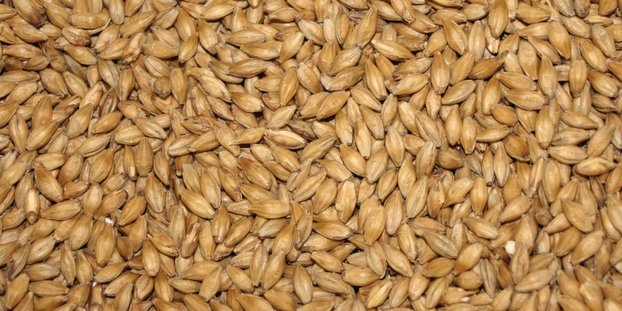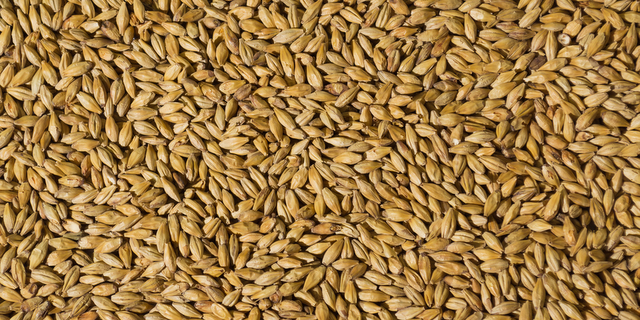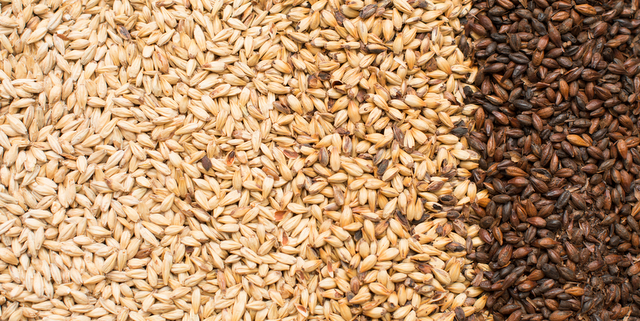An assured supply of safe, high quality and affordable barley is the outcome of decades of consistent research and development. The future depends on continued and upgraded research efforts to give farmers profitable varieties appropriate for different markets, by combating issues arising from the relatively narrow gene pool of current varieties and radically shortening development times for new varieties.
The James Hutton Institute — a world-leading research center based in Scotland — is set to make this change by collaborating with industry and academy to establish a unique platform for the translation of barley research into commercial benefits for the entire brewing, distilling and food value chain, with very important implications for food security worldwide.
The initiative aims to develop a commercially focused innovation center, which would also serve as a training and development ground for barley research skills at an international level. It builds on the critical mass available at the James Hutton Institute and the co-located barley group from the University of Dundee which together are already considered a world-leading barley research cluster, and the concentration of growers, maltsters, distillers and processors in the vicinity. The James Hutton Institute has a long history of collaborating with the worldwide barley research community, including those in the United States.
The current state of barley
Barley value to U.S. growers was $1.1bn averaged 2011 to 2015, with production of around 200m bu. The crop is the second most important small grain behind wheat and ahead of oats. The U.S. annual consumption averages 207m bu and is nearly self-sufficient with net imports of approximately 4 percent of the total disappearance. Nearly all of the imports of barley and malt are from Canada. Exports from the United States were worth $62.7 million for barley, and its milled products compared to $223 million for value added barley malt and malt extracts.
The crop’s acreage has declined from a peak of 13.2 million acres in 1985 and has levelled off at an average of 3.4 million acres in the last five years. Disease pressures, competition with other crops and changes in government farm polices all contributed to the decline. During this time, barley in the United States has gone from being a major feed grain to one that is primarily raised for the value-added malt and food market with only 27 percent now being used for animal feed.
Barley remains a staple food crop in many parts of the world, and efforts are being made to capitalise on its hardiness and adaptability, especially in developing countries. Likewise, its nutritional benefits are of increasing interest to food and ingredient producers in developed countries.
“Our markets for value added barley and malt are diversifying and would benefit from the commercially focused, open source science platform envisioned for the International Barley Hub,” said Scott Heisel, vice president and technical director of the American Malting Barley Association (AMBA). “It has the potential to speed up the delivery of new varieties with a complex mix of quality and agronomic traits for the barley producer, processor and consumer throughout North America.”





Leave a Reply
You must be logged in to post a comment.